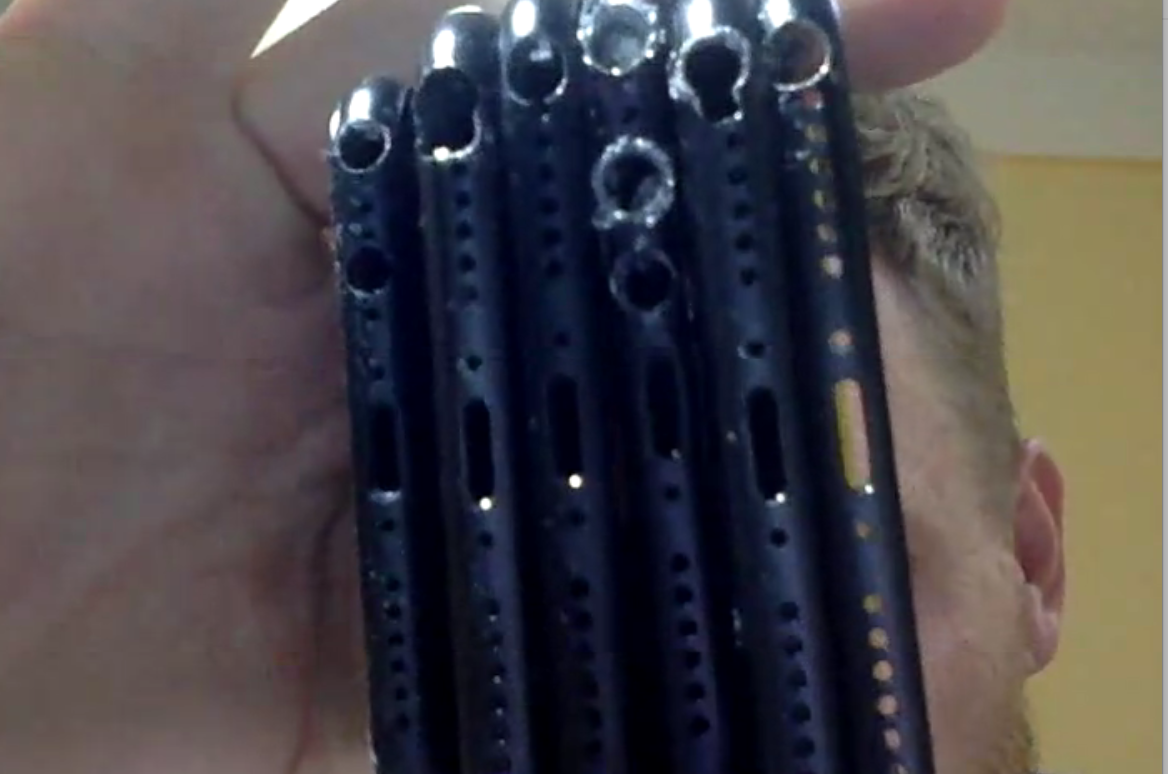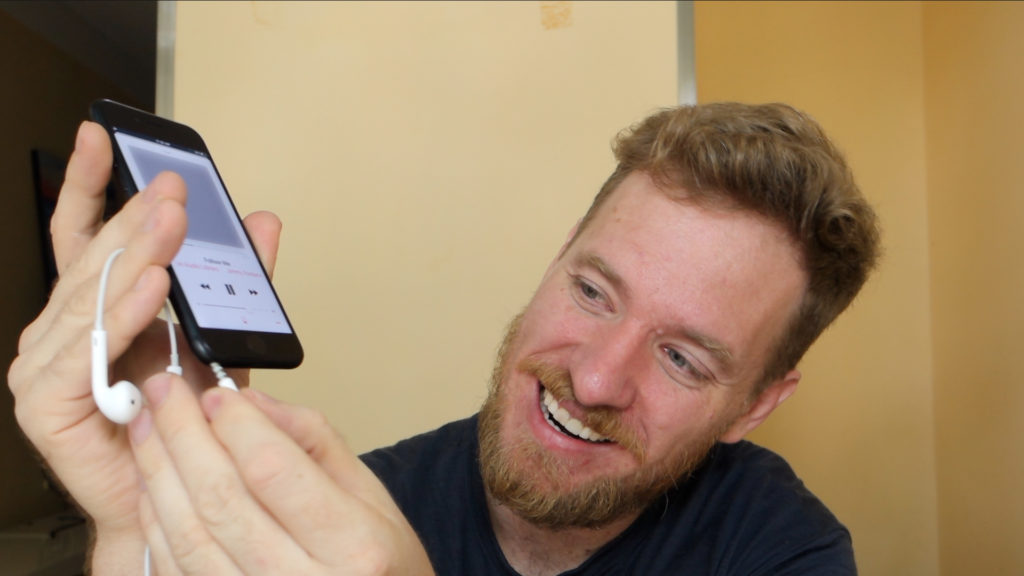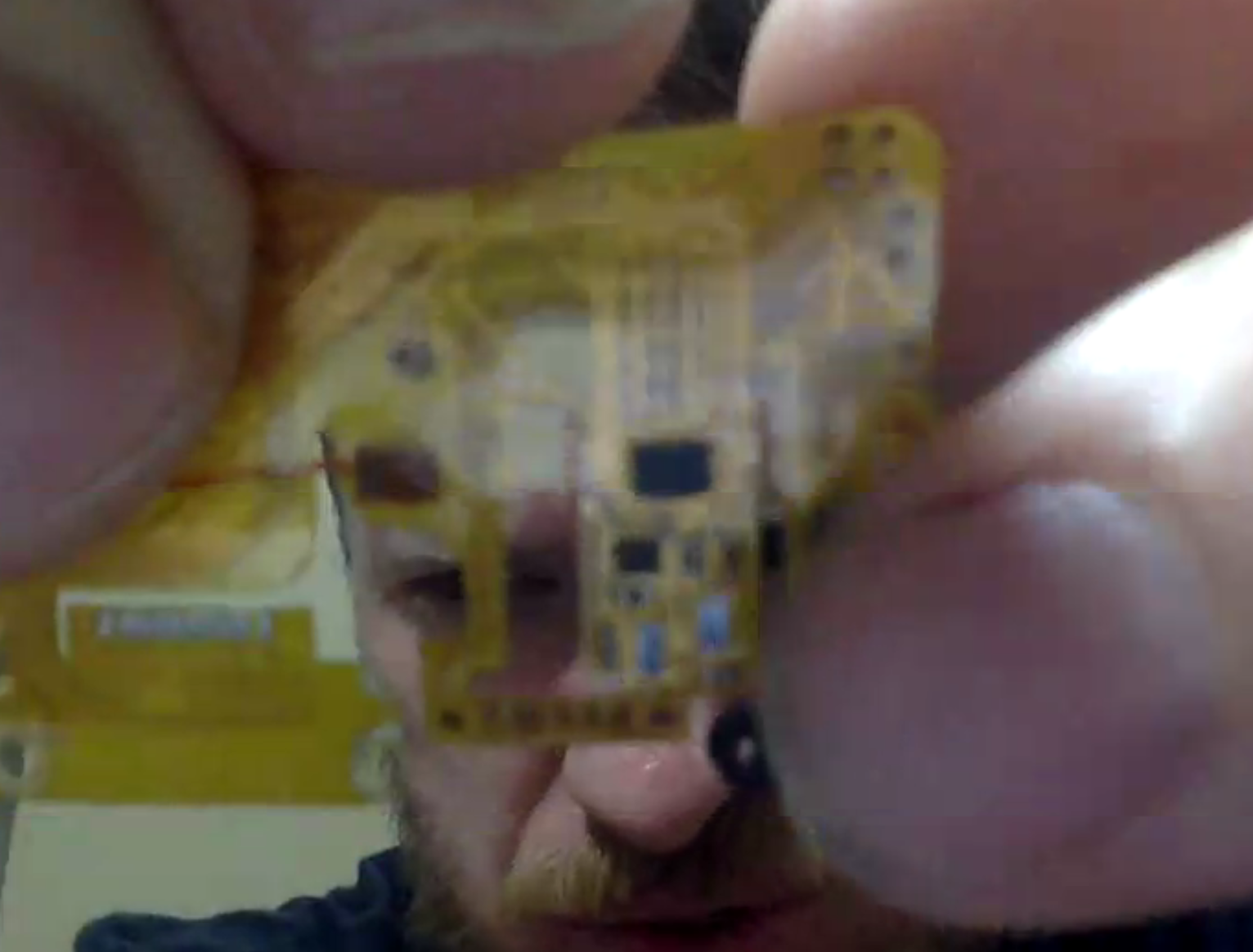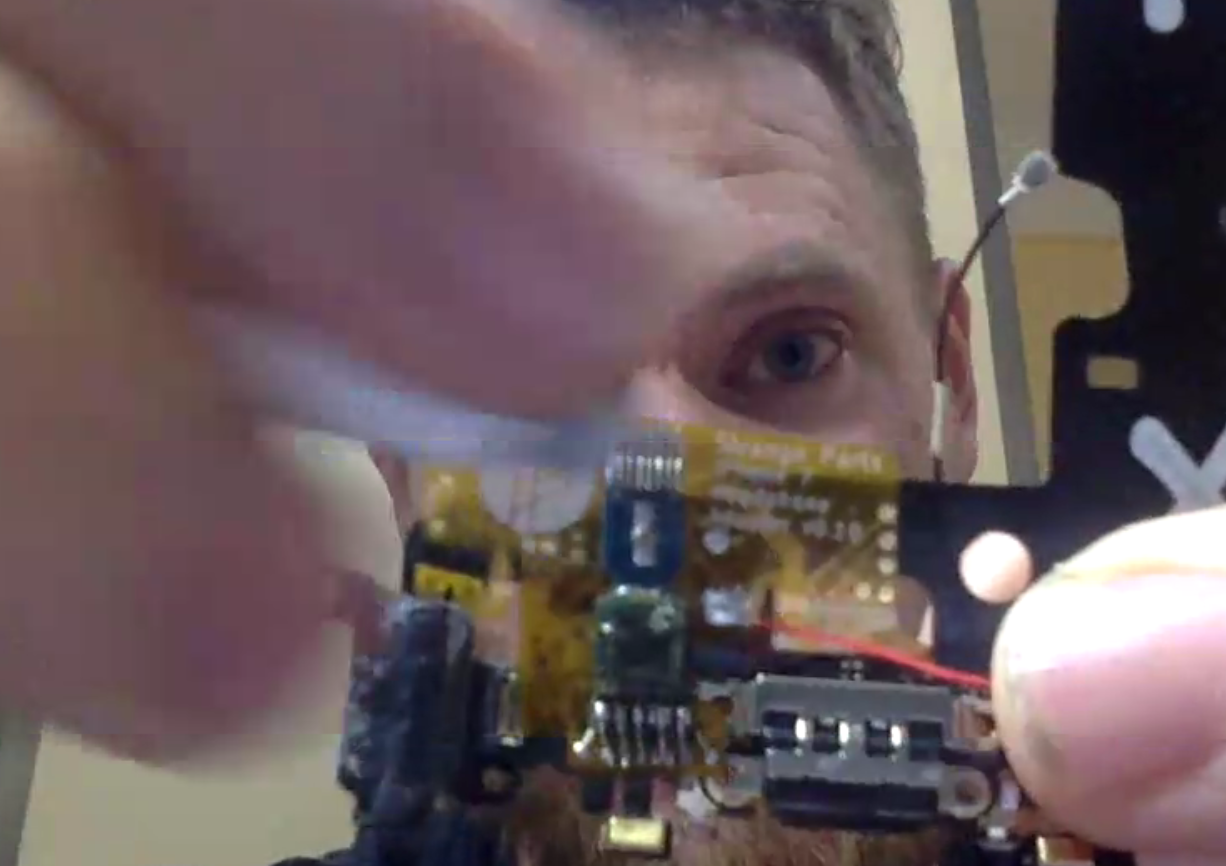A DIY Hero Added a Working Headphone Jack to an iPhone 7
Credit to Author: Jason Koebler| Date: Wed, 06 Sep 2017 21:29:53 +0000
Soon after the iPhone 7 launched, a popular genre of YouTube video was that of false DIY experts who took drills to their devices to create a “headphone jack” by boring holes in the bottom of their iPhones.
This, of course, did not work, and a non-zero number of phones were destroyed in the process. Wednesday afternoon, I got an email from Scotty Allen, a Shenzhen-based software engineer who I had spoken to a few months ago after he “made” an iPhone out of spare parts he’d found in Shenzhen electronics markets. Like those early phone modders, Allen told me he took a drill to his iPhone 7, added a headphone jack—and everything in the phone still worked.
I Skyped Allen a minute later, and he was soon plugging headphones—normal, 3.5 mm headphones—into a DIY headphone jack on the side of what was undeniably an iPhone 7. No dongle. The headphones worked. The phone recognized the earbuds and I watched him control the volume using the headphone buttons. He held the headphones to his laptop’s speakers and I heard music playing. He then plugged a lightning cable into the phone, and it started charging. Voila.
“My biggest concern is proving to people that it does work,” Allen told me.
This sorcery took four months of engineering, Allen told me. Many iPhones were sacrificed, and lots of grey-market parts purveyors were enlisted in the quest. The DIY headphone jack relies on two quirks of the iPhone 7.
First, despite what Apple has said, there is plenty of space inside the iPhone. Just above the left “speaker” is a plastic “barometric vent,” but no actual speaker. Allen removed this, shoved the battery up a few millimeters, pushed the Taptic Engine (which gives haptic feedback or small vibrations when you use it) up a few millimeters, and made room for the headphone jack. Second, Apple has already created a method to convert a lightning input into a 3.5 mm headphone input: the dreaded dongle.
Allen essentially deconstructed one of those dongles and recreated it inside the phone. The stock lightning port is connected to this deconstructed dongle, which is connected to the DIY headphone port, which sits in the empty space beneath the Taptic Engine.

“I shifted everything up a little bit and took out protective brackets and shields and shaved things down,” Allen said. “I lost three full phones trying this, a good handful of screens, a stack of components. I broke easily close to $1,000 worth of parts in the last week, which just about broke my will. But it got to a point where I told myself—I am going to keep doing this until I prove to myself it can’t be done.”
There is, of course, a bit more to adding a headphone jack than simply putting a dongle inside the phone itself. Allen also had to create a DIY printed circuit board (PCB) to control a few aspects of how the headphones work and had to find a way to make it play nicely with the lightning port.

“The chips are doing a couple things—they’re switching the signal between the headphone adapter and the lightning jack depending on whether something is plugged in,” he said. “And then there are timers that disconnect everything when something is plugged or unplugged.”

The result is a one-of-a-kind iPhone 7 with a headphone jack—a dream scenario for people like me who love the iPhone 7 but are sick of lightning headphones breaking. Besides taking on what is undeniably a badass project, Allen says he hopes that his success will lead to other, more skilled engineers (he’s not a professional iPhone repair technician nor a professional hardware engineer, he said) can make the process mass producible. He’s made several hundred of his custom PCBs that he hopes skilled solderers and manufacturers in Shenzhen will use to mod iPhone 7s at scale.

“I’m hoping other people pick this up and run with it. I’m hoping you can walk around here and get an iPhone 7 or 8 with a headphone jack. We’re doing a translation of the instructions into Chinese to seed this into the ecosystem here in hopes of making it more manufacturable,” he said.
And most of all, he hopes someone at Apple is listening: “If any Apple engineers email me, I’ll send them a board,” he said. “I would like to see a new iPhone with a headphone jack from Apple.”
Correction: Allen modified an iPhone 7, not an iPhone 7 Plus. The iPhone 7 Plus has slightly more space inside it which would in theory make such a modification slightly less difficult, Allen told me.